The struggle is real, we simply can’t escape the constant bombardment of brand messaging – buy this! go here! do that! – positioned every where we go.
Billboards. TV. Radio. Online. Offline. Buses. Movies. Malls. Airplanes.

It interrupts and invades our lives. And it powers our buying decisions in unique and meaningful ways… whether we know it or not.
In order for your company to not just survive – but thrive – in this brave new world of messaging, it’s critically important to carefully design and build a brand that captures the heart & soul of your company and your customers.
I’ll walk you through the 5 steps way to build and manage the perfect brand for your company…
Step 1: Deeply Understand Your Target Audiences Through Research
I discussed the critical need for user research in my post on Product Discovery:
Building great products requires a deep knowledge and understanding of the people you are building the product for. The best way to gain those insights is to engage with them directly: talk with them about their common tasks and goals, background and influences, as well as have them provide feedback – capturing their feelings, likes, dislikes, and ideas – on one or more prototypes.
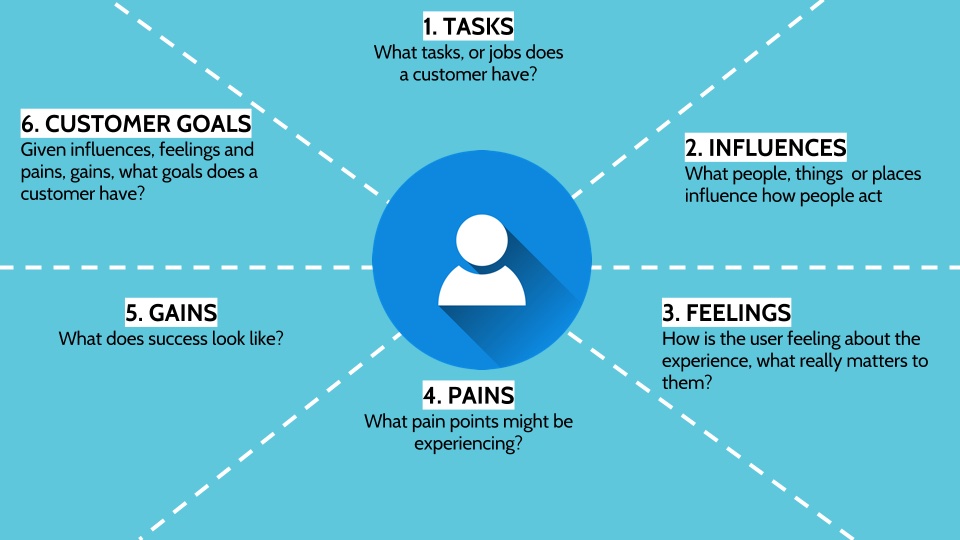
Engaging with them will allow you to empathize with them, where you’ll be able to understand – and document using the Empathy Map above – their needs, thoughts, emotions and motivations.
Products – like brands – require the exact same foundation of customer research to ensure that they’re relevant and fulfill a core need.
Step 2: Define a Unique Purpose
All brands make promises, but it requires more than that to succeed. It’s about creating a compelling and unique purpose that your target audience can easily identify with.
While understanding what your business promises is necessary when defining your brand positioning, knowing and defining the why is more specific, in that it serves as a unique differentiator between you and your competitors.
Once you’ve completed your customer research, I recommend that you define your business purpose beyond the functional by connecting one or more of your customers’ goals or needs to your purpose.
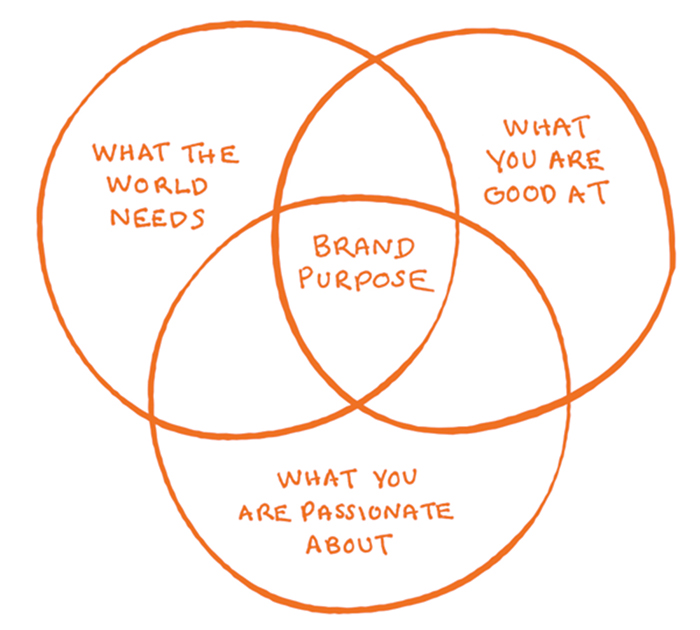
For example, IKEA’s vision isn’t just to sell furniture, but rather, to “create a better everyday life.” This approach is appealing to potential customers, as it demonstrates their commitment to providing value beyond the point of sale.

“At IKEA our vision is to create a better everyday life for the many people. Our business idea supports this vision by offering a wide range of well-designed, functional home furnishing products at prices so low that as many people as possible will be able to afford them.”
I also recommend that you refrain from utilizing overtly egotistical language (e.g. best, leader, greatest, etc.) in your branding/messaging, because that tends to get lost in a sea of market “leaders.” Try enhancing your business purpose by accenting your customers’ goal or need instead.
A great example is Papa John’s tagline: “Better Ingredients. Better Pizza.” They’ve found that customers care deeply about quality, and better ingredients are at the heart of creating a better pizza (note that it doesn’t say “Best” pizza).
Step 3: Develop a Unique Personality to Drive Your Emotional Branding
Customers are humans. And humans aren’t always rational.
This is exactly why a customer will spend more for a Harley motorcycle, Nike shoe, or Apple iPhone, when there’s cheaper options available that are just as functional.
But why?
Because Harley Davidson, Nike, Apple, and others utilize brand personality along with emotional branding to create a deeper connection with consumers that results in increased brand loyalty over time.

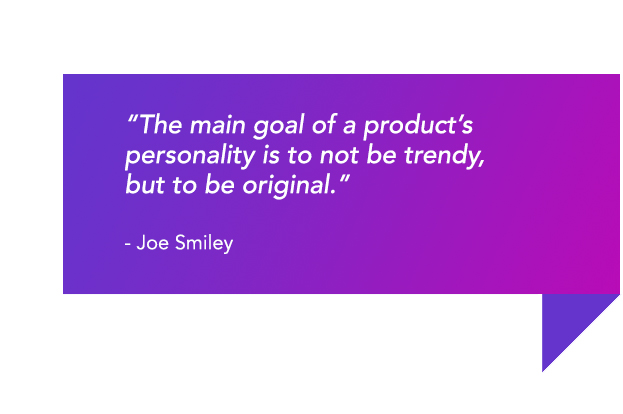
Brands and human emotions are deeply interconnected, where brands have the power to invoke deep and unbridled passion and loyalty amongst a large user base, which will lead to millions of customers and extraordinary engagement… or it can cause users to hate your product and never use it again.
Personality is becoming more critical in today’s digital world where voice user interfaces (VUI) and artificial intelligence (AI) are becoming more prevalent, where users may interact solely with a voice (e.g. Amazon’s Alexa) or chatbot. Your product’s success will quickly unfold within the first few minutes a user interacts with your product, so follow the steps I outlined in my post to guide your team through the process of crafting a unique brand/product personality and aesthetic.
Once you’ve created a personality, it’s time to execute on it via emotional branding.
A brilliant example is Apple’s branding strategy, where it uses simplicity, clean design, and most importantly, a desire to become part of a lifestyle movement. This well-crafted desire appeals to our most basic emotional need: to be part of something bigger than ourselves.
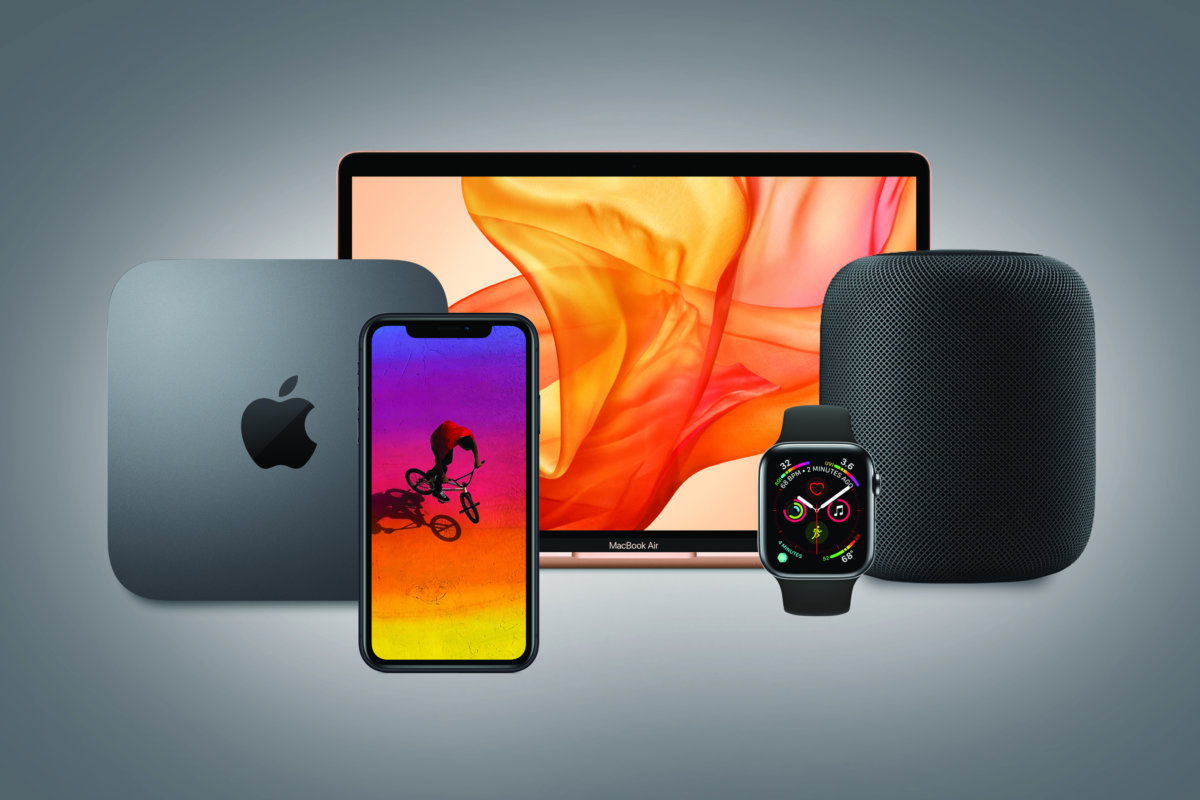
Steve Jobs created massive launch events to unveil new Apple products to media and customers alike, fostering a sense of mystery and allowing Apple users to feel a part of something big and important. Taking it further, Apple then created Apple Stores to continue expanding the Apple community while giving customers easy access to learning and knowledge.
I’ve found that the best brands create a community around their brands, so that the joy of a purchase can be shared with others. I highly recommend that you develop a community for your brand.
Step 4: Always Be Consistent in Execution & Brand Management
The key to consistency is to avoid talking about things that don’t relate to or enhance your brand. Avoid the whimsical, and focus instead on creating sustained impact with audiences that’s built upon cohesive messaging. Ultimately, consistency contributes to brand recognition, which fuels customer loyalty.

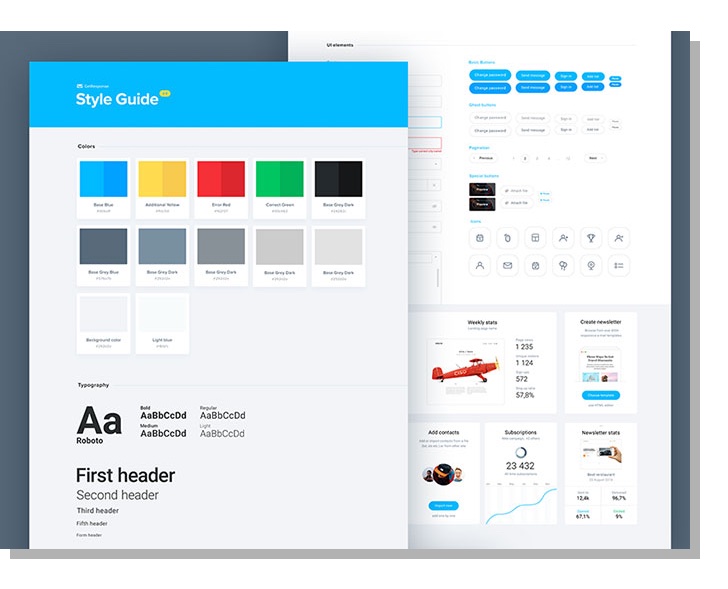
Coca-Cola is the benchmark for consistency in their campaigns. As a result of its commitment to consistency, every element of the brand’s marketing works harmoniously together. This has helped it become one of the most recognizable brands in the world.
I recommend utilizing a style guide to ensure your potential customers only see a connected brand. A style guide can include everything from the tone of voice you’ll use to the color scheme you’ll employ to the way you’ll position certain products or services.
Step 5: Be Flexible in Your Creative Approach
In this ever-changing world, marketers must remain flexible in order to stay relevant. This follows the old adage that Jeff Bezos and countless other leaders follow, which is to “be stubborn on the vision, and flexible on the approach.” This allows for creativity in campaigns, especially over time as both your brand and customers evolve.
“Wait, so how am I supposed to remain consistent while also being flexible?”

While the goal of consistency is to reinforce your brand standards, being flexible enables you to make adjustments that optimize customer interest and distinguish your approach from competitors. In other words, effective identity programs require enough consistency to be identifiable, but enough variation to keep things fresh and attractive to both existing customers and new customers.



One thought on “How To Build A Powerful Brand For Your Business”